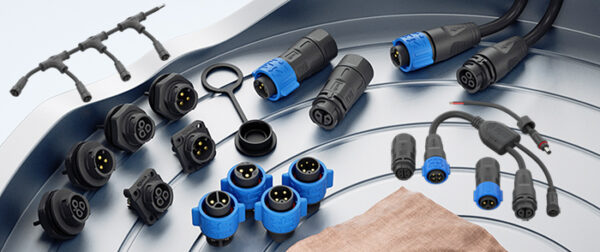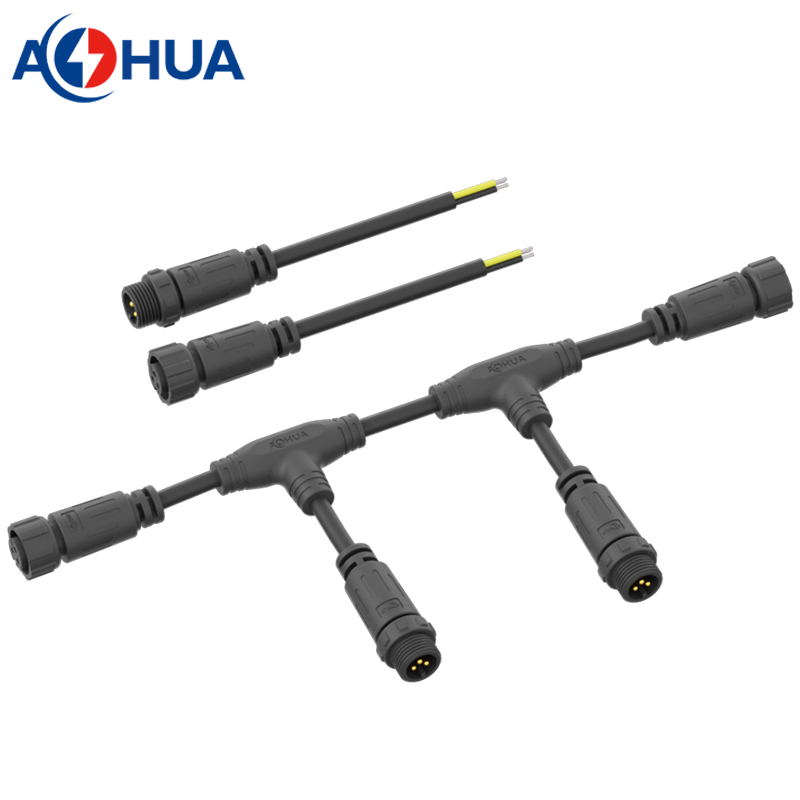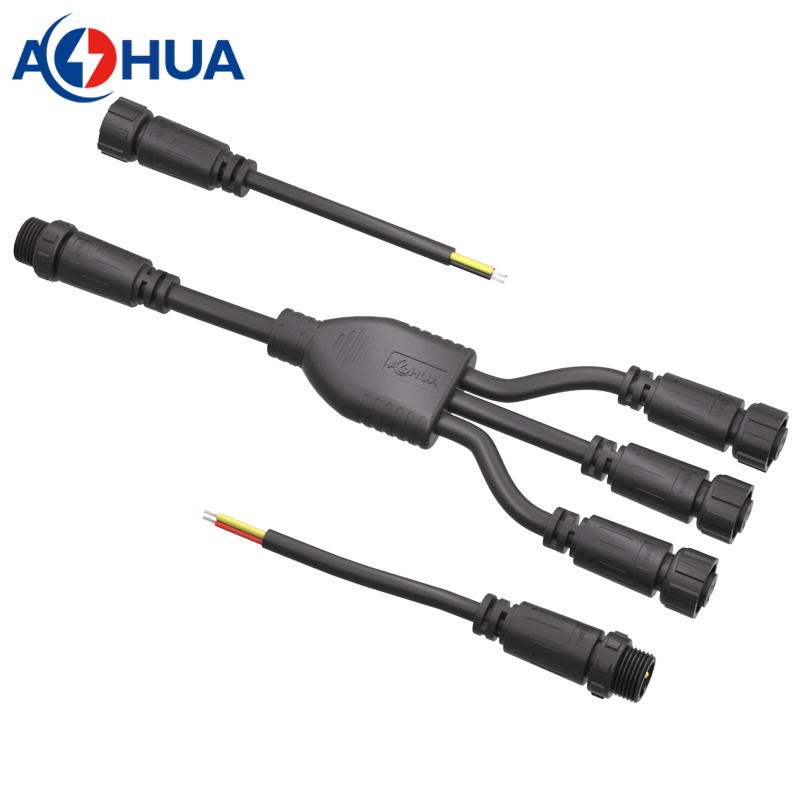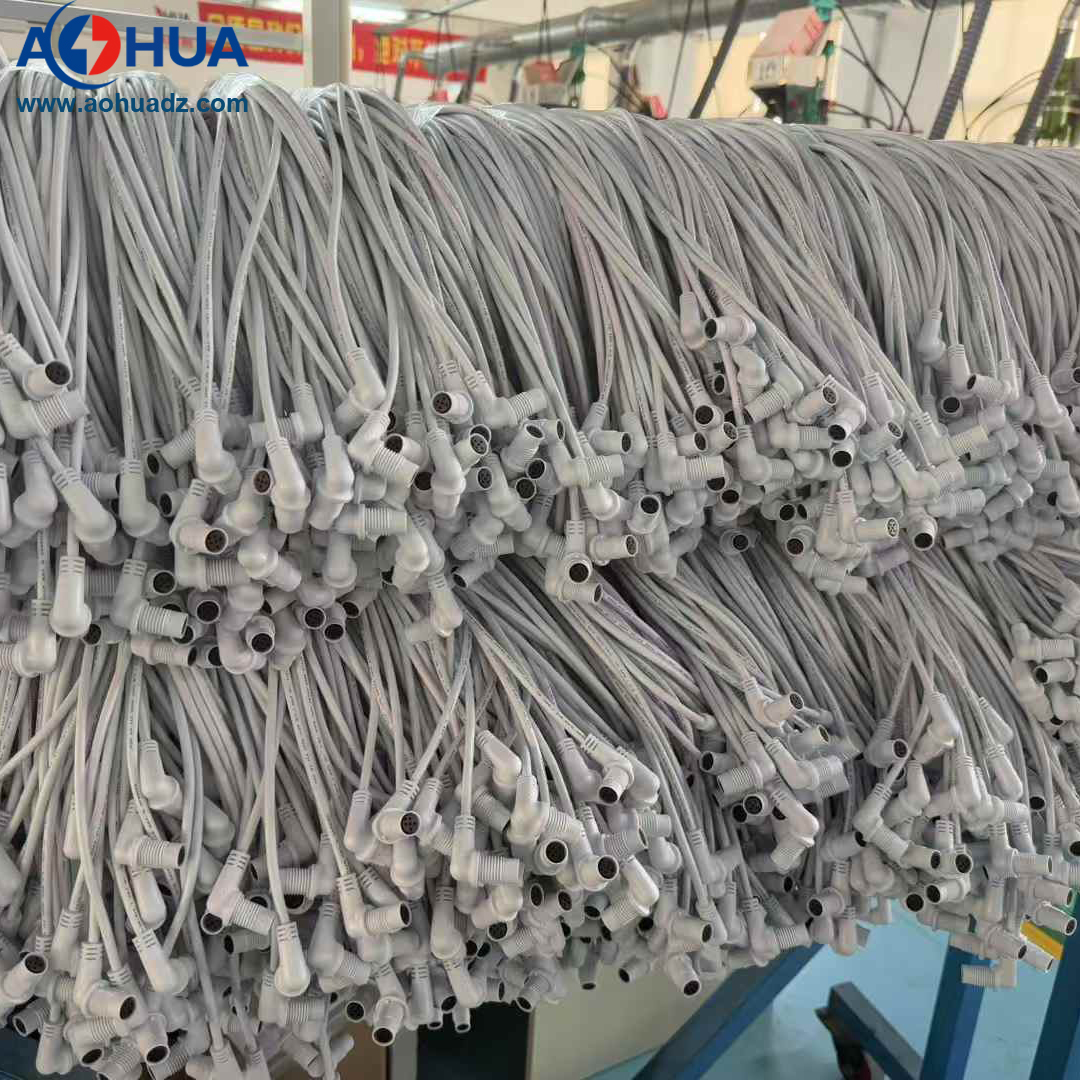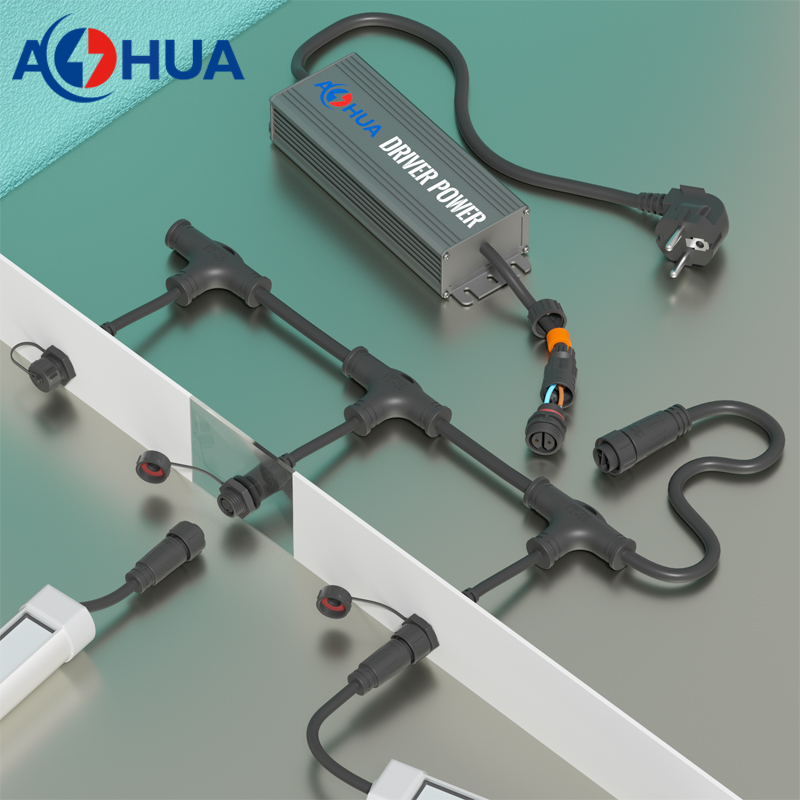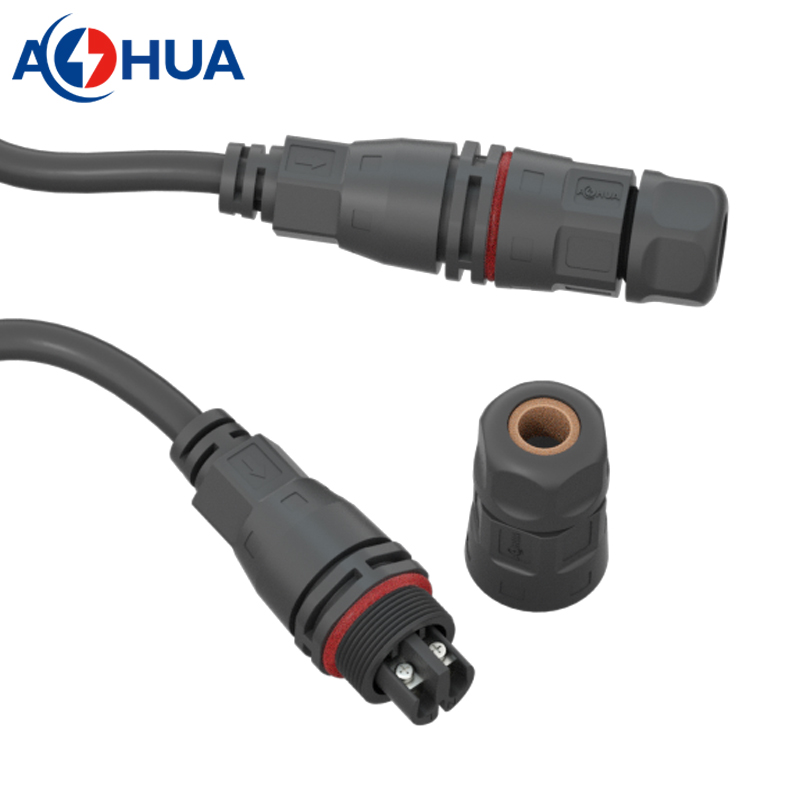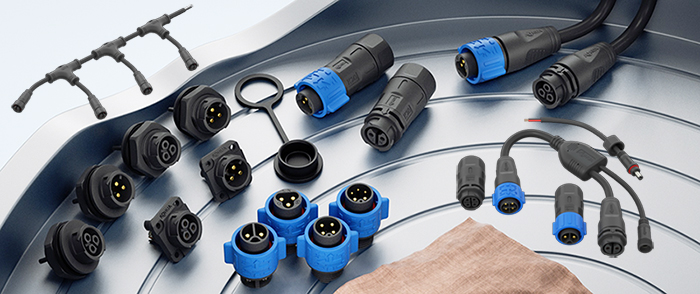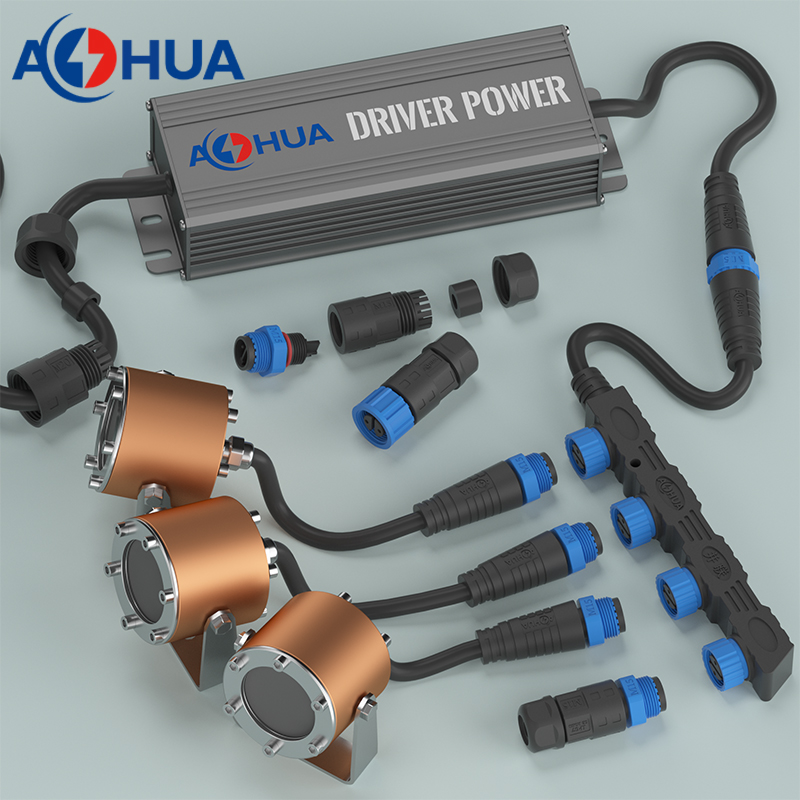The Unsung Hero of Harsh Environments: Understanding Waterproof Cable Harness Connectors
In the complex world of electrical and electronic systems, ensuring reliable signal and power transmission is paramount. This becomes exponentially more critical when systems operate in environments exposed to moisture, dust, chemicals, temperature extremes, or physical stress. Enter the waterproof cable harness connector – a specialized component designed to maintain integrity and performance where standard connectors would fail.
What Exactly Is It?
A waterproof cable harness connector is an interconnection system specifically engineered to create a sealed, protected junction point within a cable harness assembly. A cable harness itself is a bundled group of wires or cables, organized with sleeves, conduits, or tape, transmitting signals and power. The connector is the critical interface point where this harness plugs into another harness, a device, a sensor, or a control unit.
The “waterproof” designation means these connectors incorporate design features and materials that prevent the ingress of water and other contaminants (like dust, dirt, oils, fuels) into the electrical connection cavity. This protection is vital to prevent short circuits, corrosion of terminals, signal degradation, and ultimately, system failure.
Key Components & How Waterproofing Works:
Sealed Housings: Made from robust, often environmentally resistant materials like high-grade thermoplastics (PBT, Nylon) or metals (aluminum, stainless steel). These housings form the main structural body.
Elastomeric Seals (Gaskets & O-Rings): These are the heart of waterproofing. Strategically placed silicone or rubber seals create compression barriers:
Interface Seals: Between the plug and receptacle halves when mated.
Wire Seal (Cable Gland): Where individual wires or the cable bundle enters the connector backshell, preventing ingress along the cable.
Sealing Plugs: For unused cavities in multi-pin connectors.
Housing Seals: Sometimes used within the housing itself.
Sealed Terminals: Individual wire contacts (pins or sockets) may have their own seals (like rubber boots) where they insert into the connector housing cavity.
Potting/Overmolding: In some high-security designs, the rear of the connector (where wires enter) is filled with a waterproof epoxy resin (potting) or overmolded with a thick layer of rubber/plastic, creating a monolithic seal around the wires.
Secure Locking Mechanisms: Robust latches, screws, or bayonet locks ensure connectors stay firmly mated, maintaining seal compression even under vibration or shock.
The Importance of IP Ratings:
The level of waterproof (and dustproof) protection is quantified by Ingress Protection (IP) Ratings (defined by IEC standard 60529). Common ratings for waterproof connectors include:
IP67: Protected against temporary immersion (1 meter depth for 30 minutes). Excellent for most outdoor, automotive, and industrial washdown applications.
IP68: Protected against continuous immersion under specified conditions (greater depth and duration than IP67, defined by the manufacturer). Essential for submersible applications like marine sensors or underwater equipment.
IP69K: Protected against close-range high-pressure, high-temperature spray downs. Crucial for food processing, agriculture, and heavy industrial cleaning.
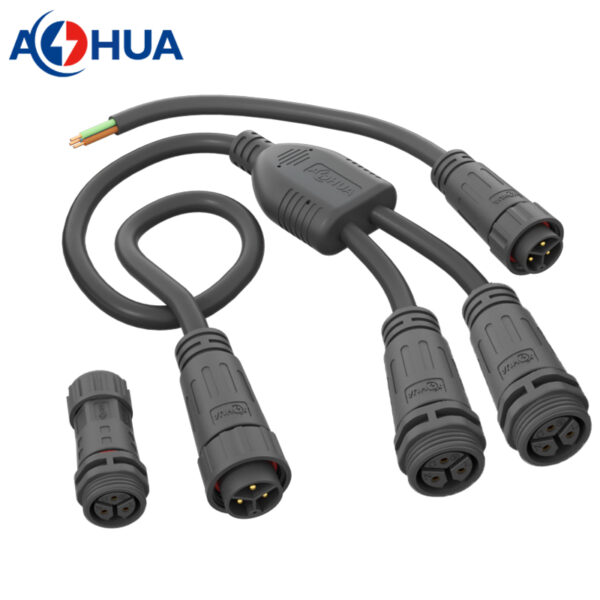
Why Are They Essential? Applications Abound:
Waterproof connectors are indispensable wherever environmental exposure threatens electrical reliability:
Automotive & Transportation: Engine compartments, underbody sensors, lighting, EV battery systems, charging ports, trailers, agricultural/construction vehicles.
Marine & Offshore: Boat electronics, navigation systems, sensors, bilge pumps, underwater lighting, offshore platforms.
Industrial Automation: Factory robots, machinery in washdown areas (food & beverage, pharmaceuticals), outdoor control panels, material handling equipment.
Outdoor Lighting & Infrastructure: Streetlights, traffic signals, signage, solar installations, security cameras.
Medical Devices: Equipment requiring sterilization or used in humid environments.
Consumer Electronics: Drones, action cameras, outdoor power tools, garden equipment.
Renewable Energy: Solar panel junction boxes, wind turbine sensors and controls.
Selecting the Right Waterproof Connector:
Choosing the appropriate connector involves considering:
Required IP Rating: Match it to the specific environmental threats.
Current & Voltage Rating: Ensure it handles the electrical load.
Number of Contacts/Pins:
Wire Gauge/Size Compatibility:
Environmental Conditions: Temperature range, UV exposure, chemical resistance.
Mating Cycles: How often will it be connected/disconnected?
Locking Mechanism: Needs to withstand vibration and accidental disconnection.
Agency Approvals: UL, CSA, ATEX (for hazardous locations) may be required.
Far more than just a simple plug, the waterproof cable harness connector is a critical engineering solution enabling technology to function reliably in the real world’s demanding conditions. By integrating sophisticated sealing technologies and robust construction, they protect sensitive electrical connections from the damaging effects of water and contaminants. Whether it’s ensuring your car starts on a rainy day, a factory robot operates through washdowns, or a marine sensor collects data deep underwater, these unsung heroes provide the secure, protected connections that keep modern systems running smoothly, safely, and efficiently. Their importance in designing durable and dependable electronic systems cannot be overstated.
